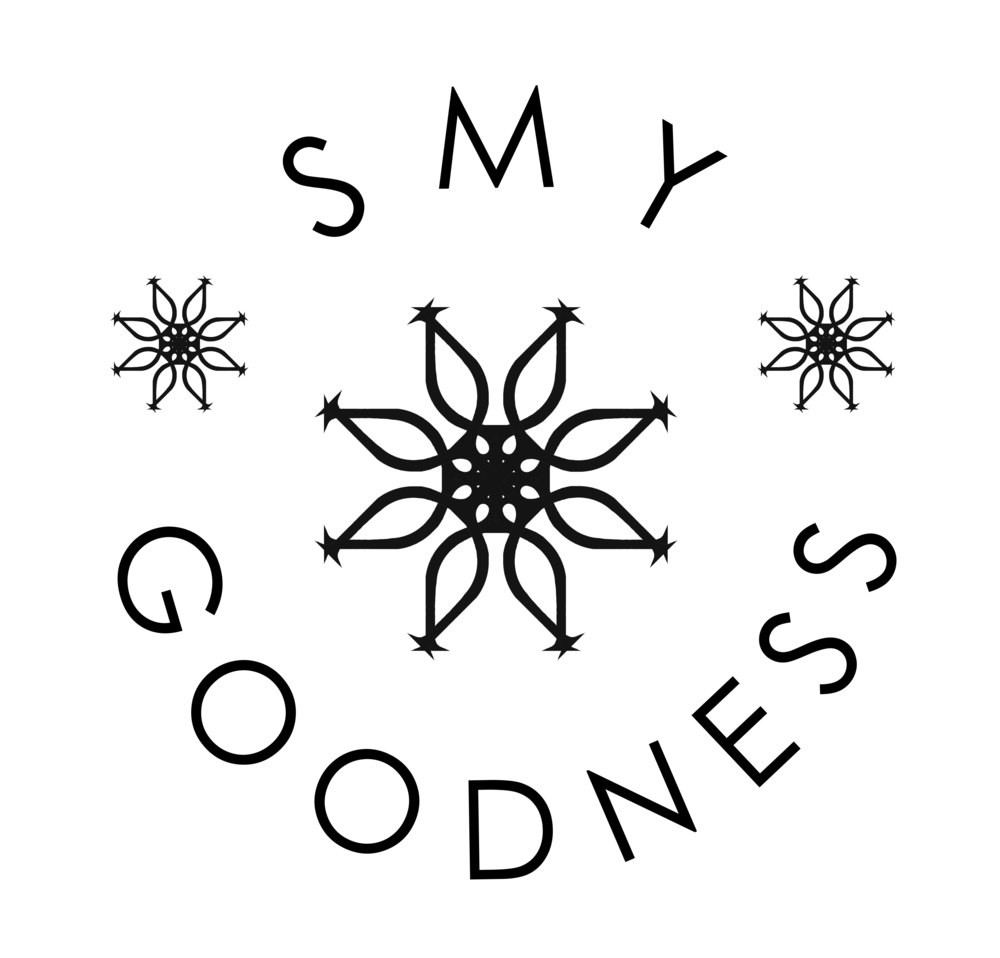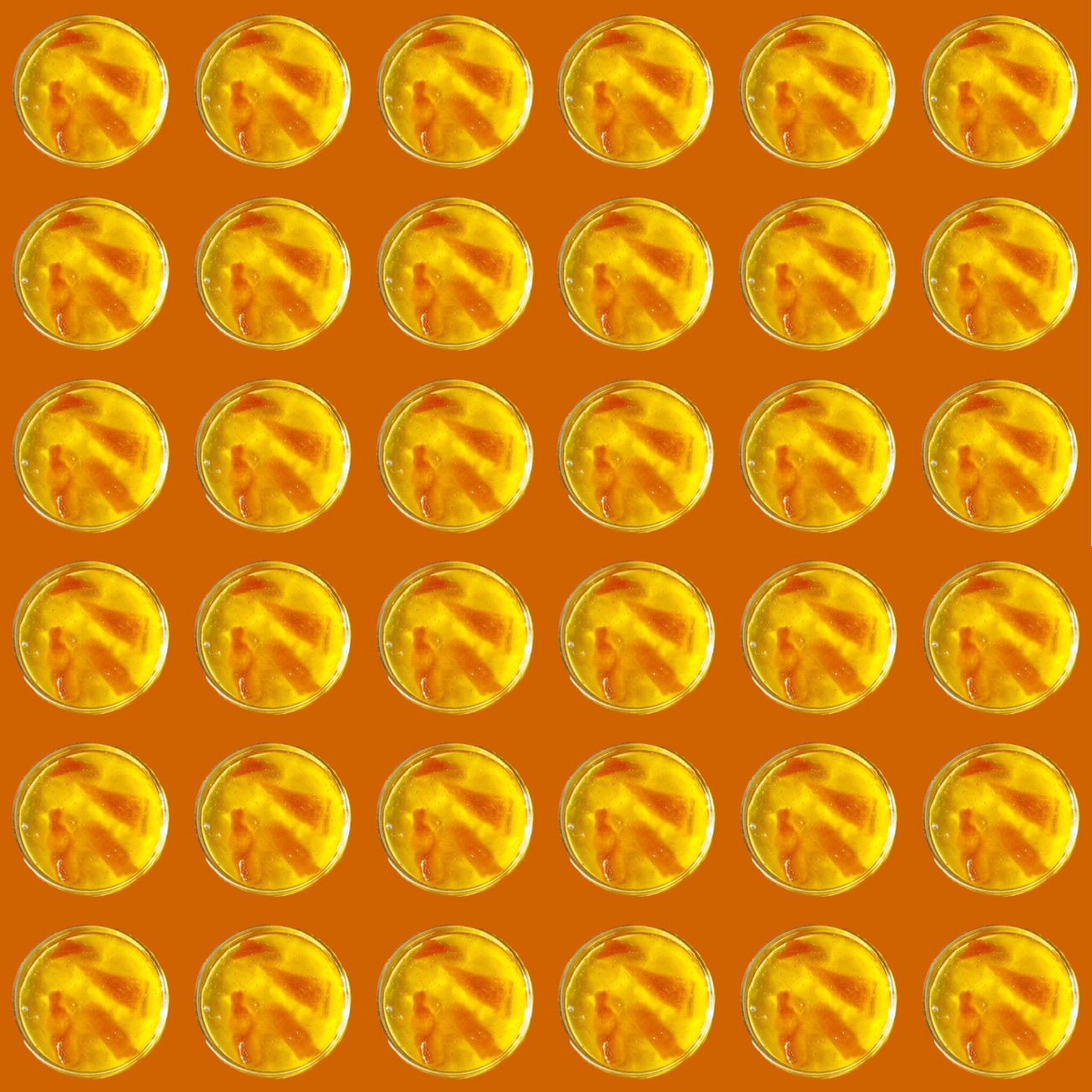Claws Monet by Jeannette Carney
Meet Claws Monet, one of 29 fibreglass lobster sculpture erected throughout the Plymouth Massachusetts Downtown and Waterfront areas. I saw loads more but only managed to get somewhat decent photos of the ones displayed here. Each lobster was sponsored by local businesses and organizations which were then custom designed and hand painted by local artists. While I was there a gorgeous mosaic lobster sculpture named Sir Loin was stolen but (UPDATE) artist Diana Naples has agreed to recreate Sir Loin and two teenagers have been charged. You can read more and see Sir Loin here did I just link to the Old Colony Memorial, why yes I did.
Mayflower Lobster with Scenes of the Wampanoag
Lighthouse Lobster
1620 Lobster
Welcome by Frances McClaughlin, sponsored by Plymouth Lions & Leo's






























